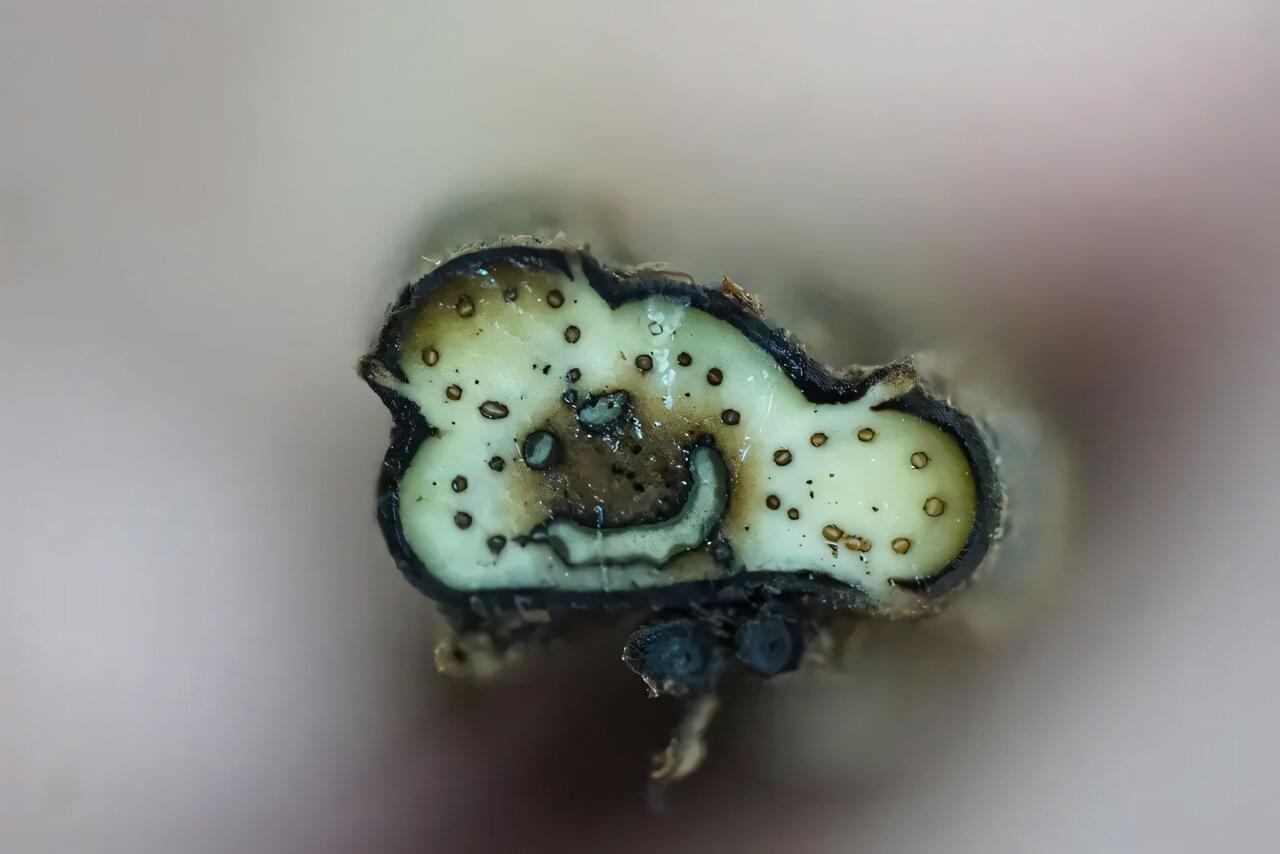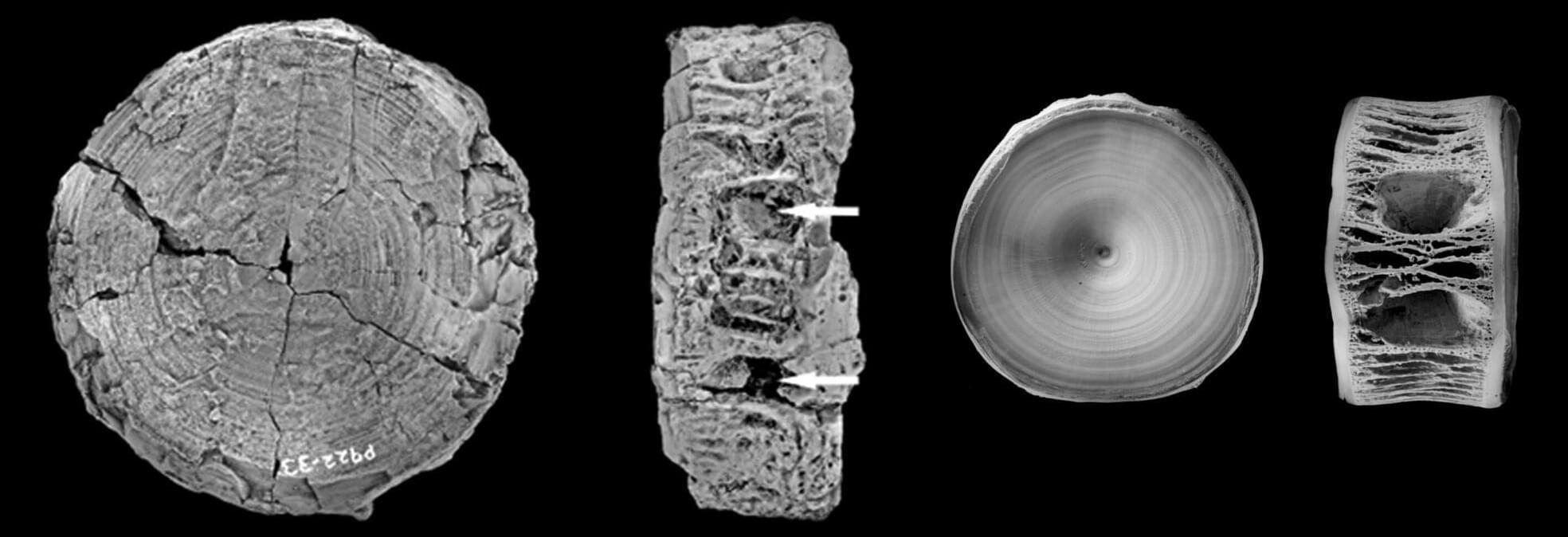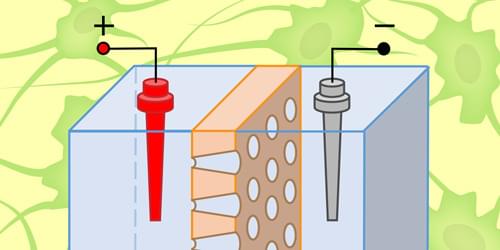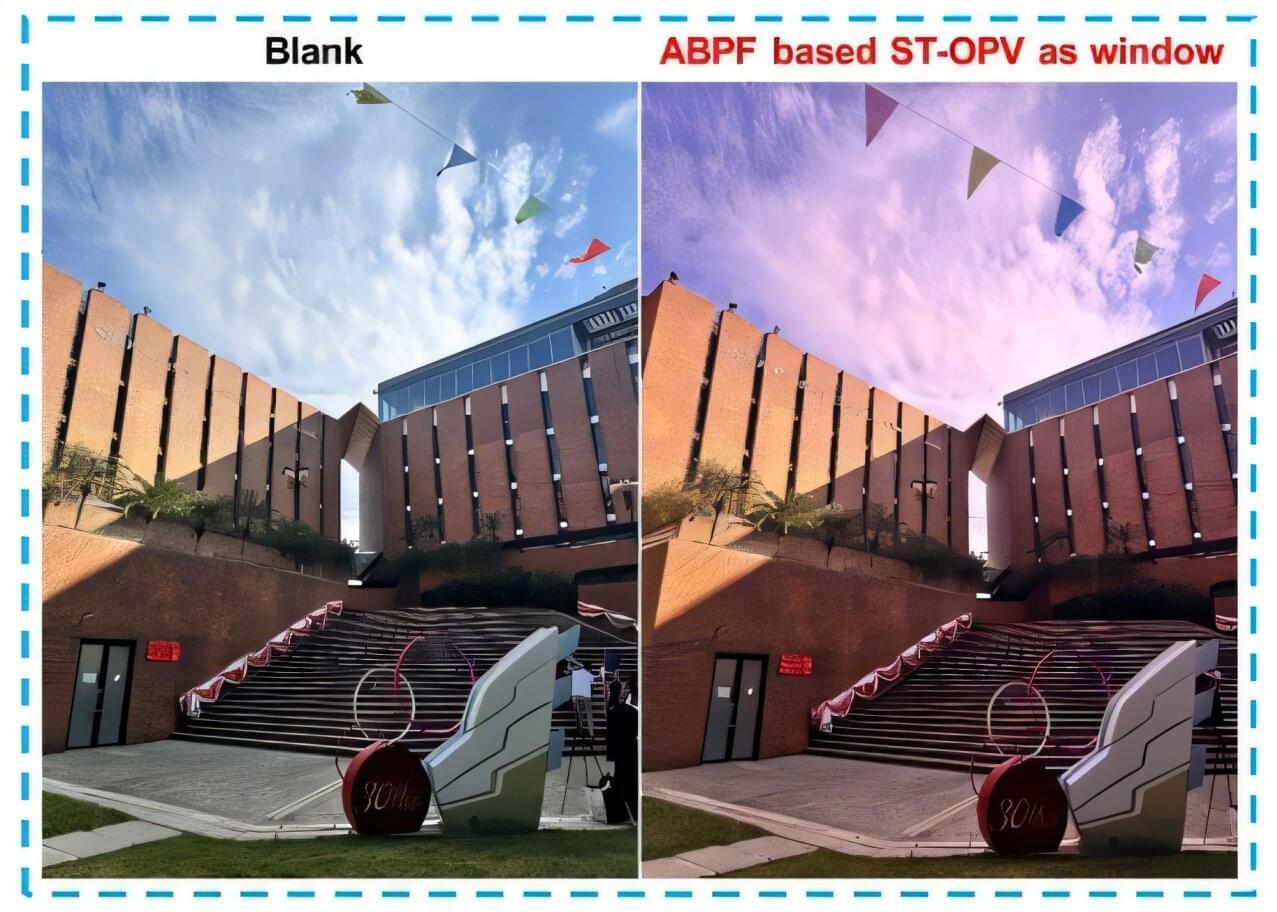Pegatron officials will start construction on the Georgetown facility before the end of the year, the news release states. The company will invest a minimum of $35 million in capital in the city, and will hire at least 100 employees within the first three years of opening.
“The jobs and investment this corporation is bringing to Georgetown mark a milestone in our community’s economic growth,” Georgetown Mayor Josh Schroeder said in the news release. “Their decision to put down roots here will have a lasting, positive impact on our community and the broader region for generations.”









